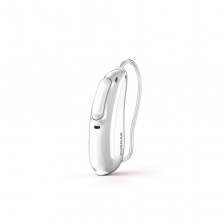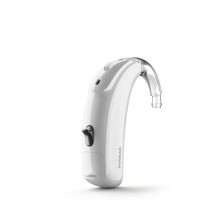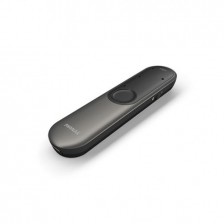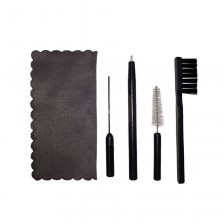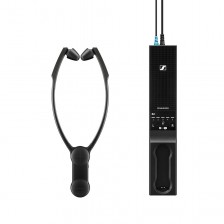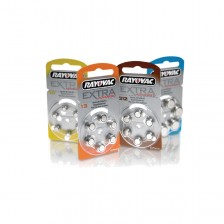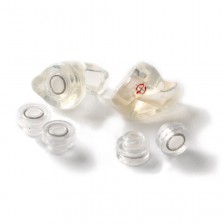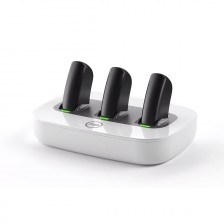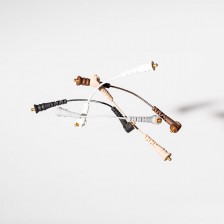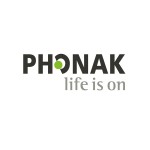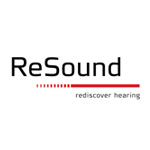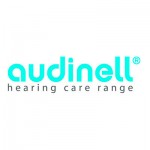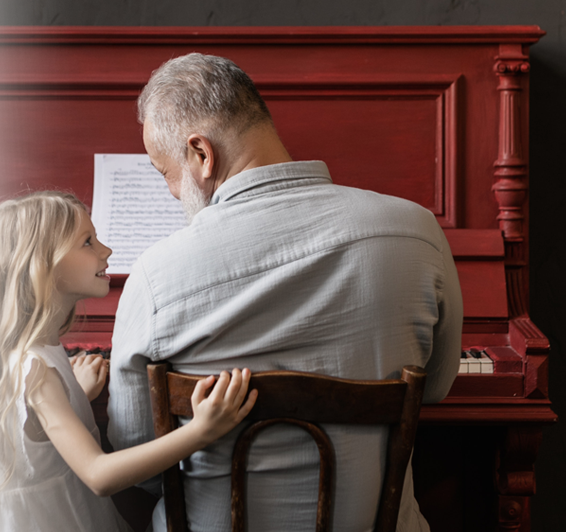Hearing tests, quite often

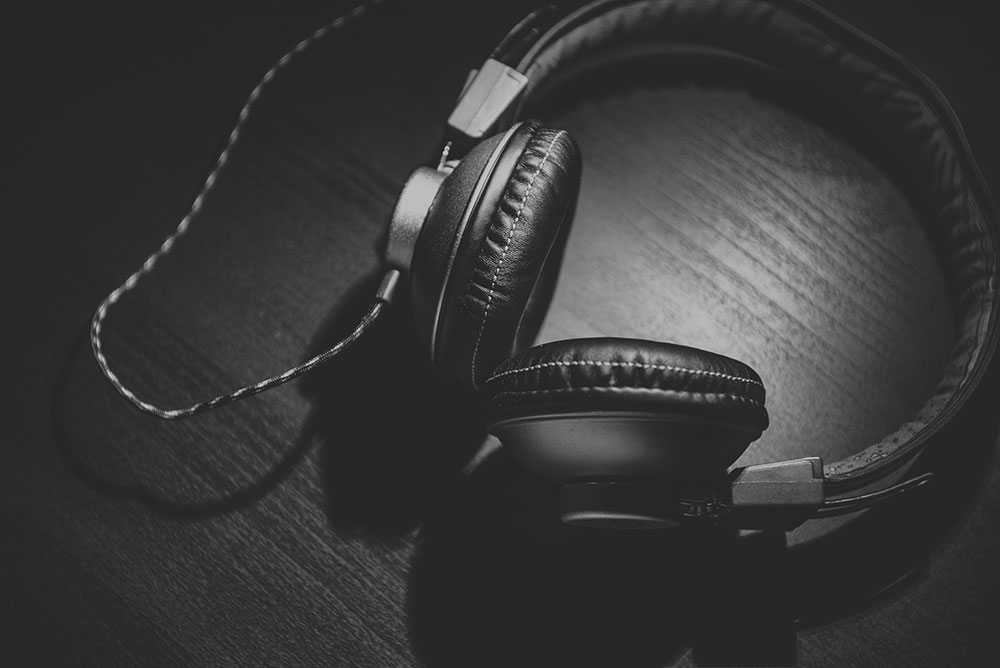
Keeping our way to break the silence surrounding the hearing loss world, today we talk about the audiometry. We've all heard about them, but it is worth to stop and clear some respects, because it is these kind of words that usually nobody really know what they exactly mean, when it would be better that was part of our routine.
Let's start by explaining what it is. A hearing test is the test that measures hearing in each ear. It is done in a soundproof booth and consists of different tests, by air and bone way, which allow us to determine if the lesion is in the inner ear, related with sound transmission or in the most part related to the nervous system.
It is important to note that, contrary to what we usually think, audiometry is only part of a hearing study. And in fact, it is the last step.
In a complete hearing study, the firsts proofs of release are: an interview, for knowing all data and background of the person with hearing loss and an otoscope to know the status of the external ear. The second step is the impedance measurement, checking the status of the middle ear, which specifically measures the response of the eardrum to sound pulses at different frequencies. And finally, audiometry.
So why so much noise with the audiometries? Because it is true that the data that reports an audiometry is used to define the best treatment to make you hear back and recover normal.
With its results, we can decide if you need a hearing aid -to give you an idea, the use of hearing aids is recommended from 30% loss, although the final decision is always yours too-. In case you need it, the results will serve to calibrate the hearing aid: why it is so important that the all necessary resources are intended to conduct hearing tests and these give as much accurate data as possible.
For example, if the booth isn't well soundprooged and not properly isolated is impossible that the results are as reliable as they should. Nor is it good for free field testing -with speakers- that the booth does not have sufficient amplitude, because then the difference between wearing headphones or not is insignificant.
With young children it is also important that the booth is large. With more space and toys by hand, they are more comfortable and better convey what they hear and what does not when applying the child audiology protocols.
Stop by your audiology center, and get a free hearing test! With a revision per year, or one every two years -if you do not expose yourself quite often to loud sounds- sure you start threating at time a possible loss.


